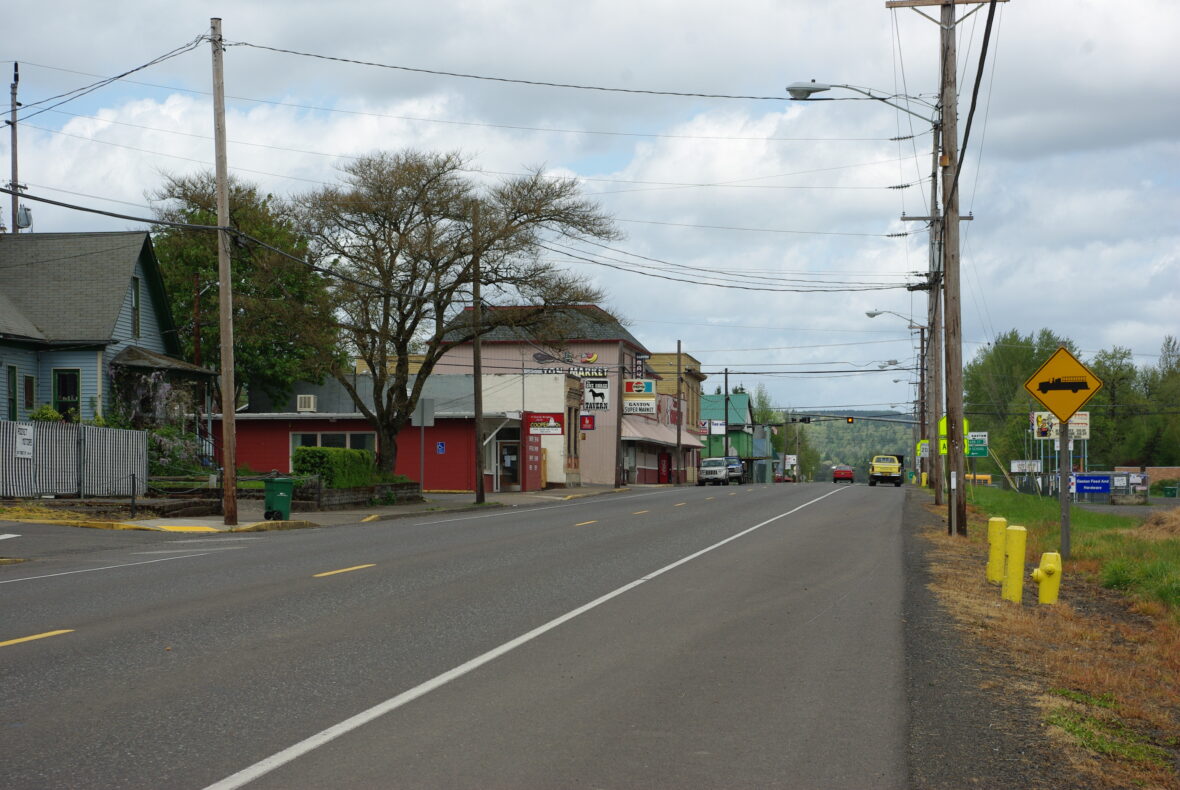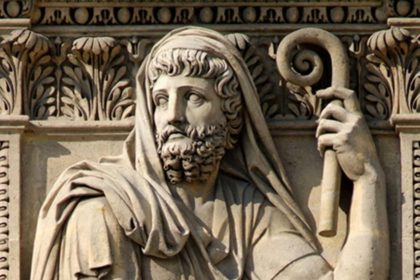Gaston is a city in Washington County, Oregon, United States. Take a look below for 15 amazing and obscure facts about Gaston, Oregon, United States.
1. Located between Forest Grove to the north and Yamhill to the south, the city straddles Oregon Route 47 and borders the Tualatin River.
2. Named after railroad executive Joseph Gaston, its population was 637 as of the 2010 census.
3. The first known inhabitants of the Tualatin Valley were the Atfalati tribe, a subset of the Kalapuya ethnic group. Contact with Europeans in the late 1700s led to the spread of smallpox and other diseases, which devastated the Atfalati population.
4. In 1851, due to population pressures from white settlers, surviving members of the tribe negotiated a treaty with the Oregon Territory ceding their ancestral lands throughout the Tualatin Valley to guarantee a small reservation on the banks of nearby Wapato Lake.
5. This treaty was never ratified, and in the late 1850s, the U.S. government relocated the tribe to the Grand Ronde Reservation.
6. Large-scale American settlement of the region began in the 1850s, due to the Donation Land Claim Act, which granted land to white settlers who moved to the Oregon Territory before 1855.
7. In the 1870s, the West Side Railroad was built from Hillsboro to Corvallis, cutting through this region. The community of Gaston developed from a railroad stop in 1872 to a commercial center.
8. Due to legal disputes, Joseph Gaston left his position at the railroad and moved to the region in 1880. He spent the next sixteen years attempting to drain Wapato Lake for farmland.
9. The nearby community of Cherry Grove was founded in 1911 as a logging hub and briefly eclipsed Gaston.
10. Gaston was formally incorporated in 1914. By 1916, the town possessed a general store, bank, and other enterprises.
11. In early May 1935 workers at the Stimson Mill went on strike. On May 22, activists left the Labor Temple in Portland to support the strikers.
12. The next morning Governor Charles Martin ordered the state police and National Guard to protect the strikebreakers. Armed with gas grenades and machine guns, the military and police forces demanded the strikers leave or be shot. The strikers chose to disperse, averting a potential bloodbath.
13. In 1915 a new high school was built on the land Joseph Gaston had previously set aside for a school. That high school was in use through the 1986–87 school year, when it was condemned.
14. The condemning of the building became a crucial local issue for the town, with residents split between merging with a nearby district (both Forest Grove or Yamhill were considered), and building a new high school. In the end, a new high school was built and Gaston retained its independent school system and with it a degree of local pride. Currently the Gaston School District is a full K–12 district, with 525 students total in 2007, and a single high school.
15. The growing popularity of Portland and the Pacific Northwest in general has led to population growth throughout the region. Though too far from Portland to benefit much at first, recently Gaston has started to see new housing and an uptick in school registrations. The late 1980s brought a new fire station and the 1990s baseball/softball-oriented park. Just after 2000, a new post office was built on the edge of town.




